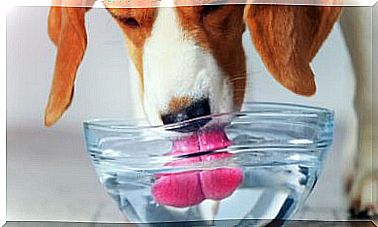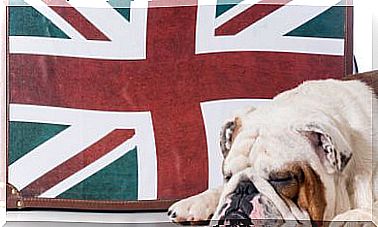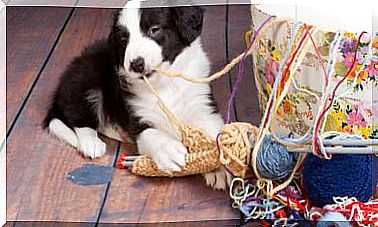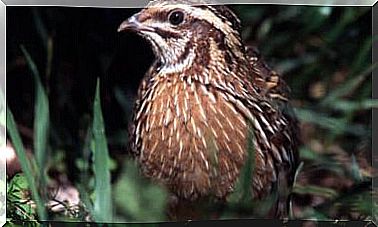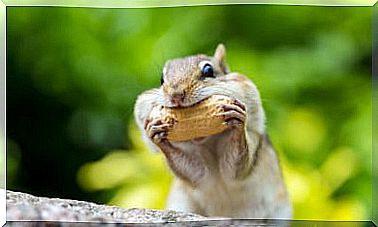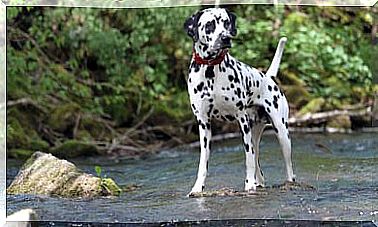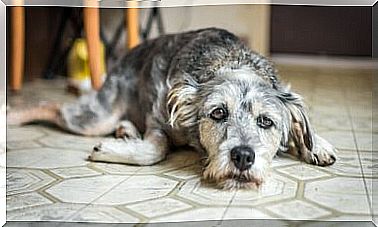The Positions Of The Tail, Expressiveness Of The Cat
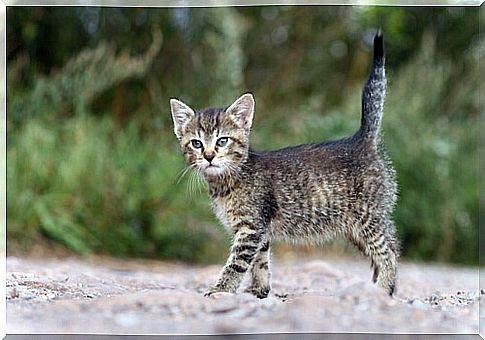
Contrary to what many people believe, cats are expressive animals. Those who have lived with these domesticated felines for centuries know that when a kitten wants to imply something, it does so clearly and categorically. What do the positions of the tail tell us?
Beyond the meows, which already have their wide range of tones and consequent meanings, cats use their entire body to communicate with each other and with humans. Also with other animals very different from them.
If there is one element of the kittens that has a lot to say, it is the tail. Designed as a kind of extension of the spine, it is vital in balance.
It is also important for all aerodynamic tumbling stunts that kitties perform.
Sense of tail positions
According to specialists in the field, there are up to 12 positions of the tail in cats, each with an unequivocal meaning.
Tail up
This is synonymous with maximum happiness and well-being. Some cats even run out to meet their humans at the door after a day out, showing a wide angle with their tail.

Other kittens walk slowly but resolutely, keeping the appendix upright, which denotes tranquility and a lot of confidence. When they want to be noticed, they will surround the feet of their owners, accompanying the journey with the unmistakable brushing of their heads, and even with meows.
If they still do not receive the desired attention, the cats will stand on two legs. There are cats that learn that this action should only be performed, and with the utmost care, when people are wearing long pants. And if they still do not receive what they are looking for, they will go up to bed, on the computer keyboard, they will pose in front of the television or, above all, what they think is stealing the show.
Tail vertical and straight, but sloping near the tip
Among the positions of the tail, this is the one that cats use to express the most curiosity about something. It is common to see them in this way, in the routine moments they spend carefully exploring and reviewing the entire house and the area in which they live.
Low tail
Another one of the positions of the tail. It can involve submission, to other cats, or to people. This is one of the most common tail positions when they visit the vet or need to be given medication.
The low tail can also express sadness or depression. If this posture is frequent, the closer to the ground the animal’s appendage remains, the lower its mood will be.
Fast movements
If in dogs this is synonymous with supreme happiness and joy, in cats it is inversely proportional. When the tail of the feline is fanned from one side to the other, as if it were a whip, the animal is expressing all the anger that it carries inside. The faster and stronger the movements, the greater the discomfort.
Smooth movements
If the tail is wagging smoothly, it means that the cat is concentrating on something. Some animals that are in the arms of their owners, demonstrate things with slow swinging of the tail.
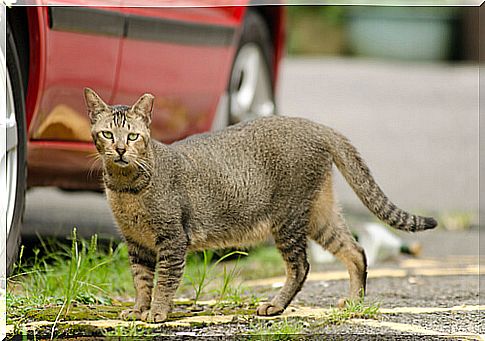
These movements, along with the unmistakable purrs, convey your state of happiness and relaxation. When hunting, they keep their eyes fixed on their target, while the tail makes almost imperceptible movements.
Tail between the legs
It is another of the positions of the tail that cats also use to express disgust or fear. It is very common to see them this way when they have just been caught committing mischief, or after executing some action that they are prohibited from doing.
There are cases of kittens that, despite having not yet been discovered in their bad behavior, do not know how to pretend. They are unable to hide from their masters that they did something they should not and will end up reprimanded.
Inflated Tail
This happens for two reasons: you are terrified or very angry. In the first case, the tail will show an angle of less than 90 degrees and will stay very close to the ground. If he is upset, the tail will be fully erect.
If the stress levels are very high, the animal will show its fangs at the same time that it will emit perfectly audible growls. We can also visualize their anger in their claws, which will begin to show itself naturally.


